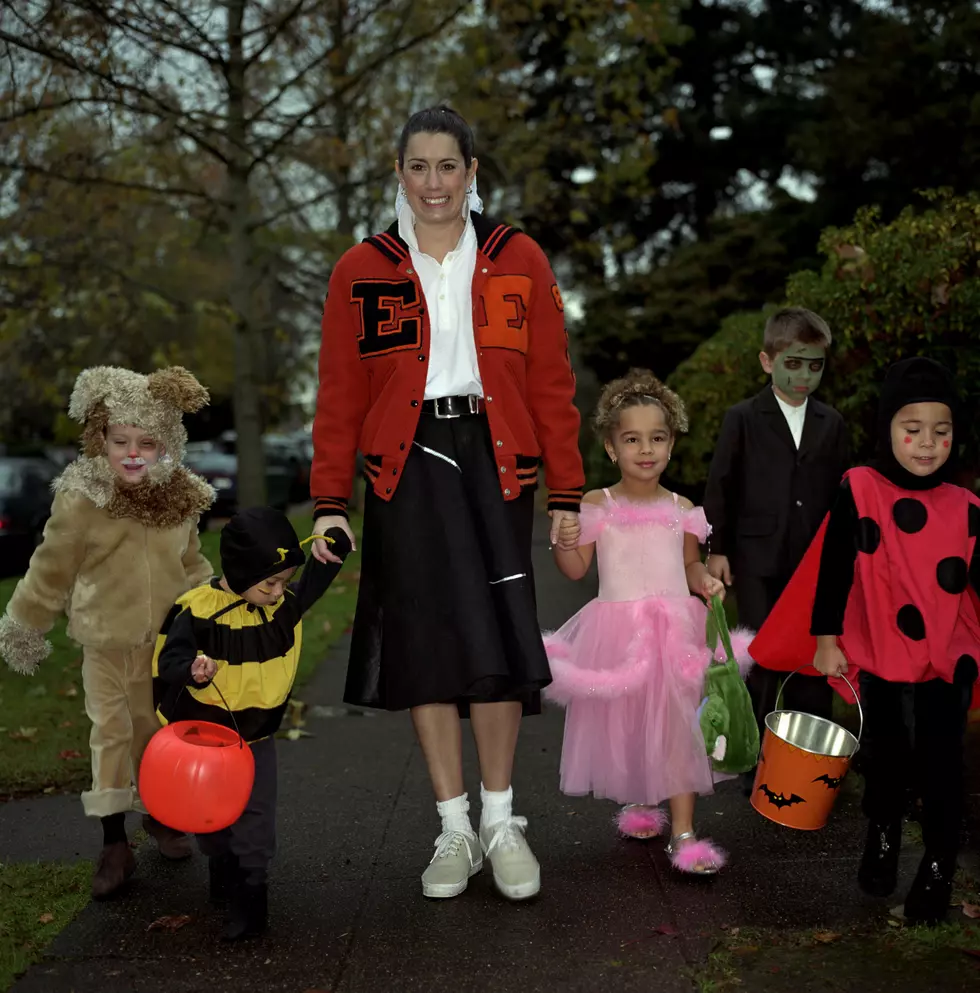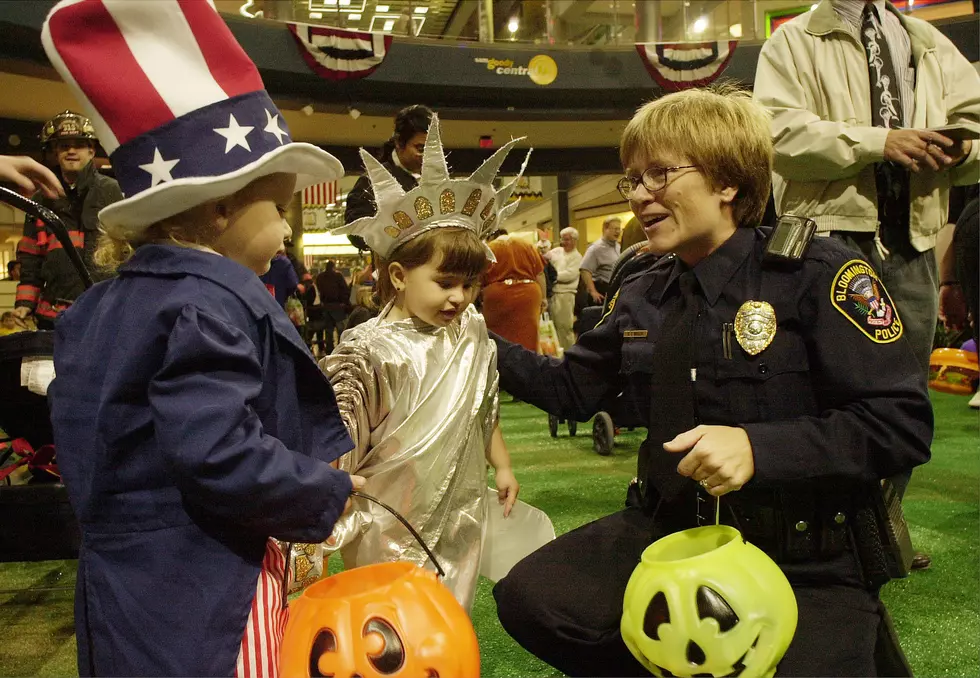
Watch Out for Trick-or-Treaters
This Thursday when you're on the road, cars and animals won't be the only thing you need to avoid. Expect dozens of monsters and zombies as well, as trick-or-treaters go door-to-door and block-to-block, looking for candy.
According to the National Highway Traffic Safety Administration, Halloween is one of the deadliest nights of the year for pedestrians, and the Centers for Disease Control and Prevention estimates children are four times more likely to be struck by a motor vehicle on October 31 than any other day of the year.
"Excited trick-or-treaters often forget about safety, so motorists and parents must be even more alert," said Tracy Noble, spokesperson for AAA Mid-Atlantic. "Parents also need to ensure their young ones are attired in highly visible costumes, so they are easily seen at night."
HALLOWEEN SAFETY TIPS FROM AAA MID-ATLANTIC
Motorists:
- Slow down in residential neighborhoods and obey all traffic signs and signals. Drive at least five mph below the posted speed limit to give yourself extra time to react to children who may dart into the street.
- Watch for children walking on roadways, medians and curbs. In dark costumes, they’ll be harder to see at night.
- Look for children crossing the street. They may not be paying attention to traffic and cross the street mid-block or between parked cars.
- Carefully enter and exit driveways and alleys.
- Turn on your headlights to make yourself more visible – even in the daylight.
- Broaden your scanning by looking for children left and right into yards and front porches.
Parents:
- Ensure an adult or older, responsible youth is available to supervise children under age 12.
- Plan and discuss the route your trick-or-treaters will follow.
- Instruct children to travel only in familiar areas and along established routes.
- Teach children to stop only at well-lit houses and to never to enter a stranger’s home or garage.
- Establish a time for children to return home.
- Tell children not to eat any treats until they get home so parents can examine the candy for choking hazards and evidence of tampering. Eat only factory-wrapped treats and avoid eating homemade treats made by strangers.
- Review trick-or-treating safety precautions, including pedestrian and traffic safety rules.
- Make sure Halloween costumes are flame-retardant and visible with retro-reflective material.
Trick-or-Treaters:
- Be bright at night – wear retro-reflective tape on costumes and treat buckets to improve visibility to motorists and others.
- Wear disguises that don’t obstruct vision, and avoid facemasks. Instead, use nontoxic face paint. Also, watch the length of billowy costumes to help avoid tripping.
- Ensure any props are flexible and blunt-tipped to avoid injury from tripping or horseplay.
- Carry a flashlight containing fresh batteries, and place it facedown in the treat bucket to free up one hand. Never shine it into the eyes of oncoming drivers.
- Stay on sidewalks and avoid walking in streets if possible.
- If there are no sidewalks, walk on the left side of the road, facing traffic.
- Look both ways and listen for traffic before crossing the street.
- Cross streets only at the corner, and never cross between parked vehicles or mid-block.
- Trick-or-treat in a group if someone older cannot go with you.
- Tell your parents where you are going.
More From New Jersey 101.5 FM






![Are You Too Old to Trick Or Treat? [POLL]](http://townsquare.media/site/385/files/2013/10/kids-and-pumpkins.jpg?w=980&q=75)

